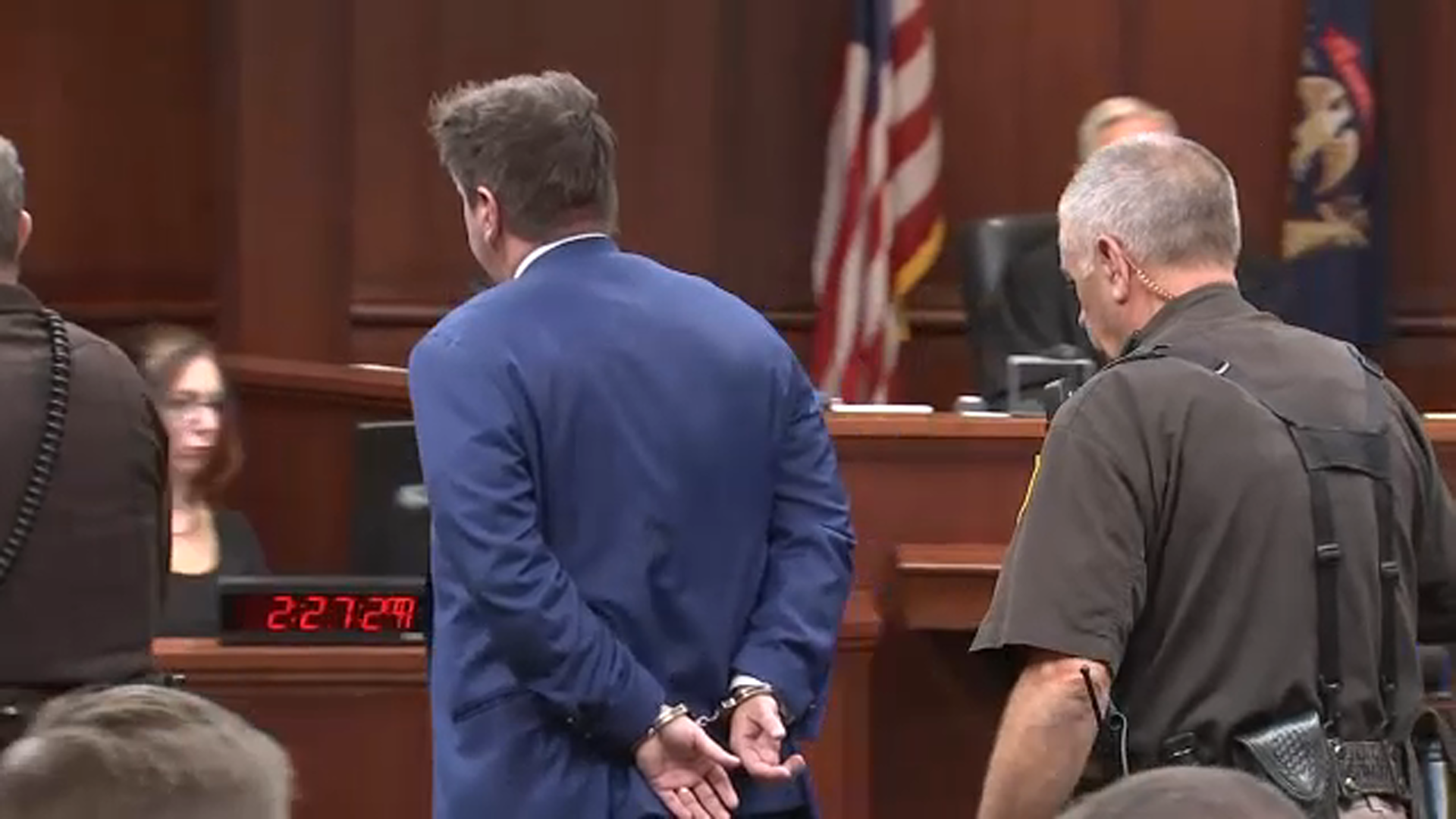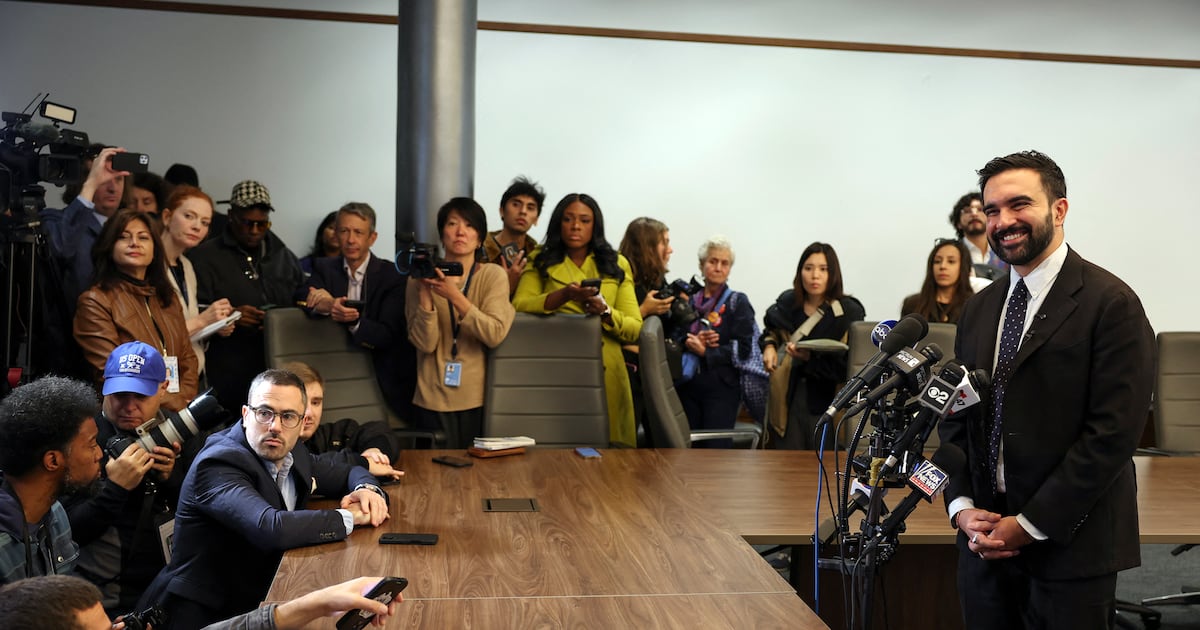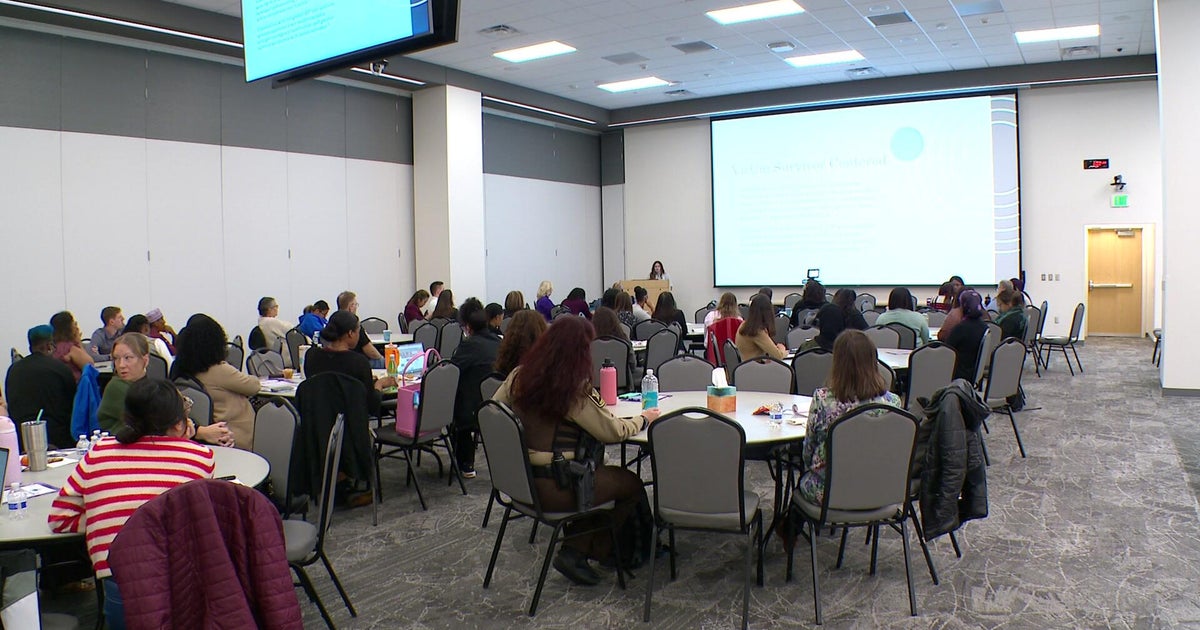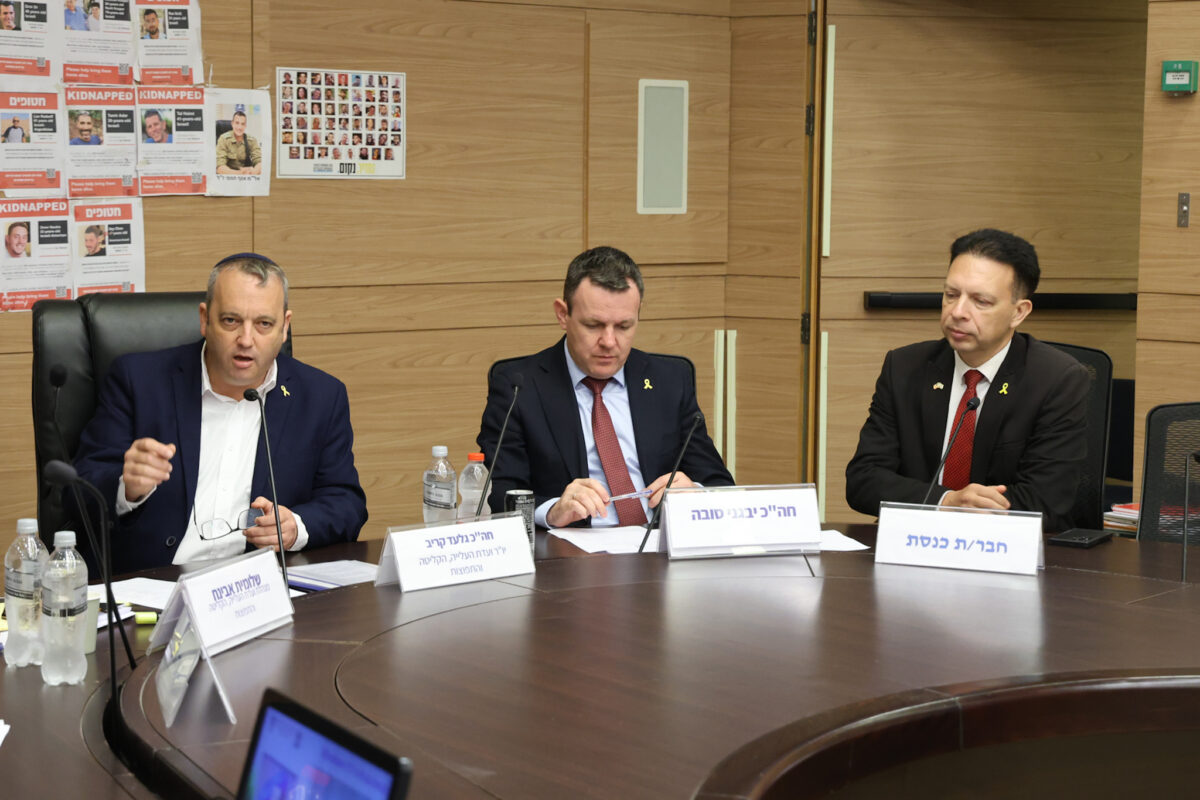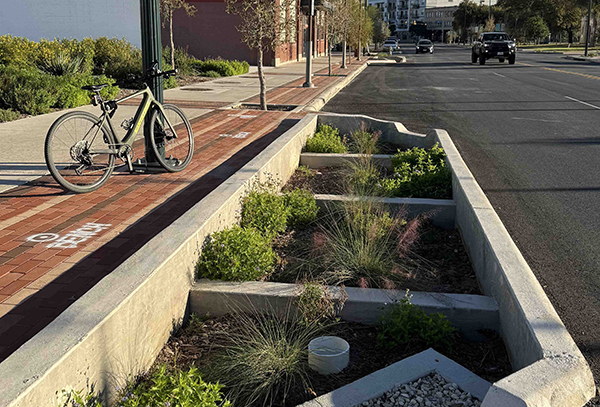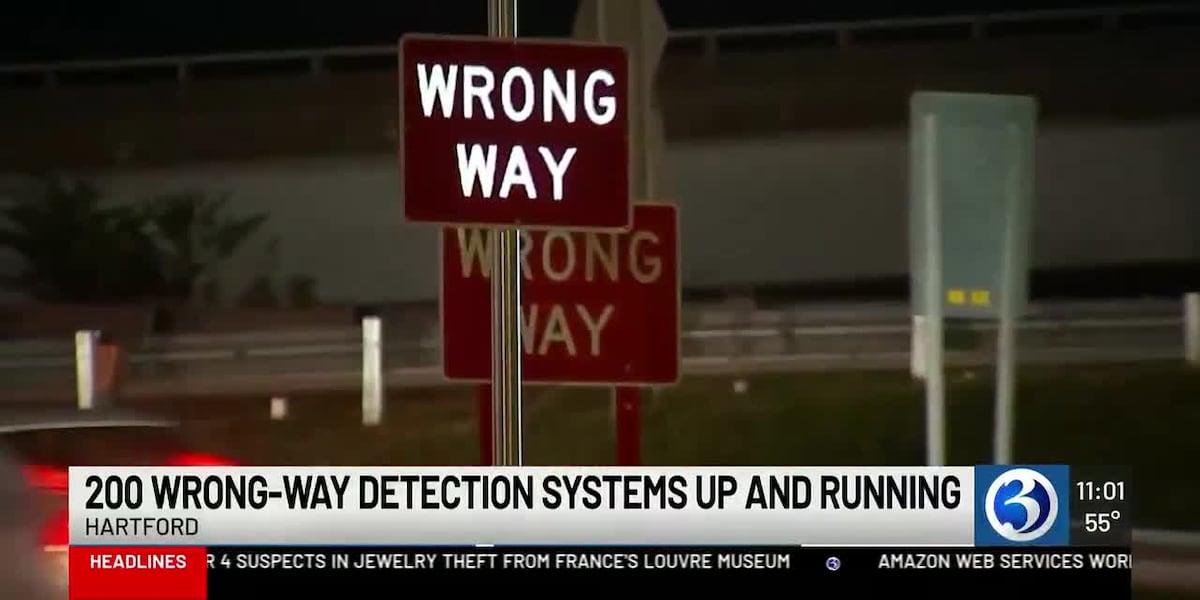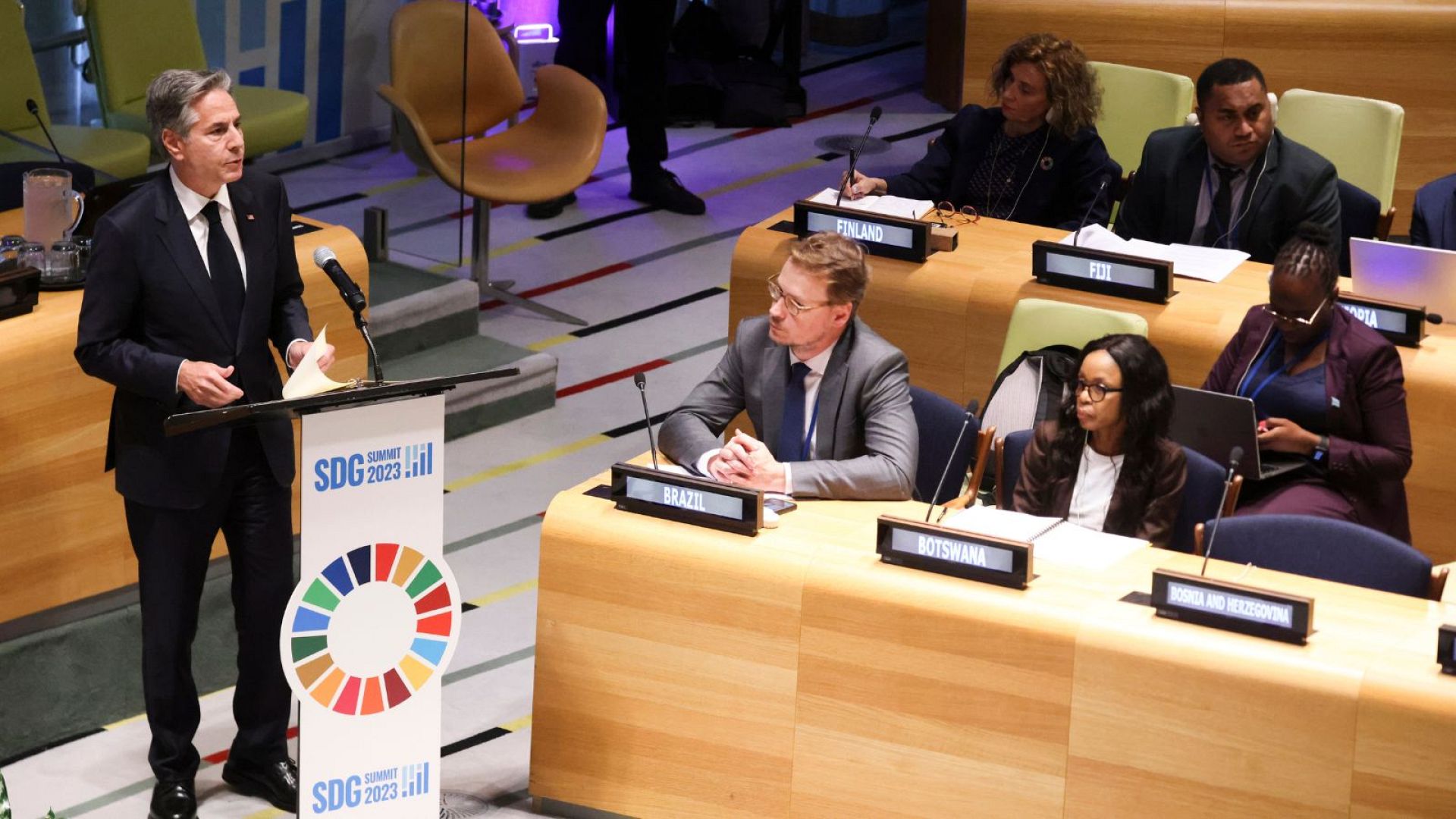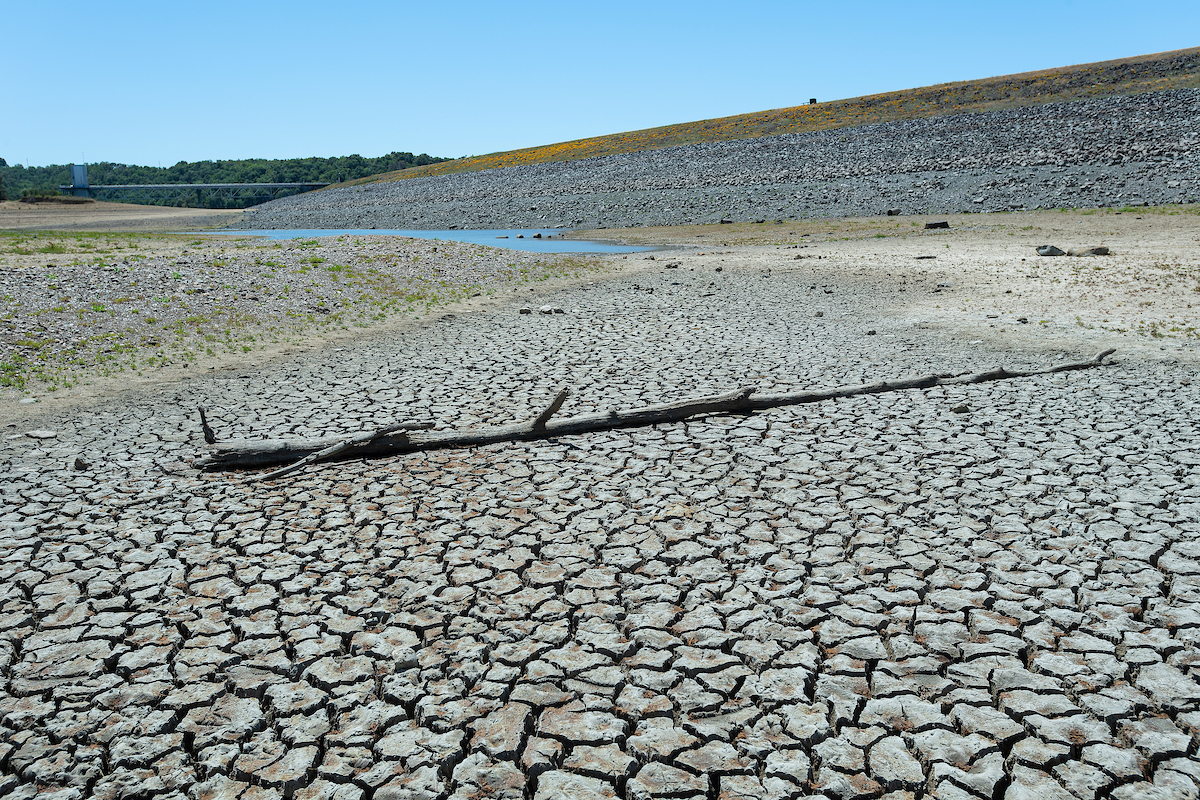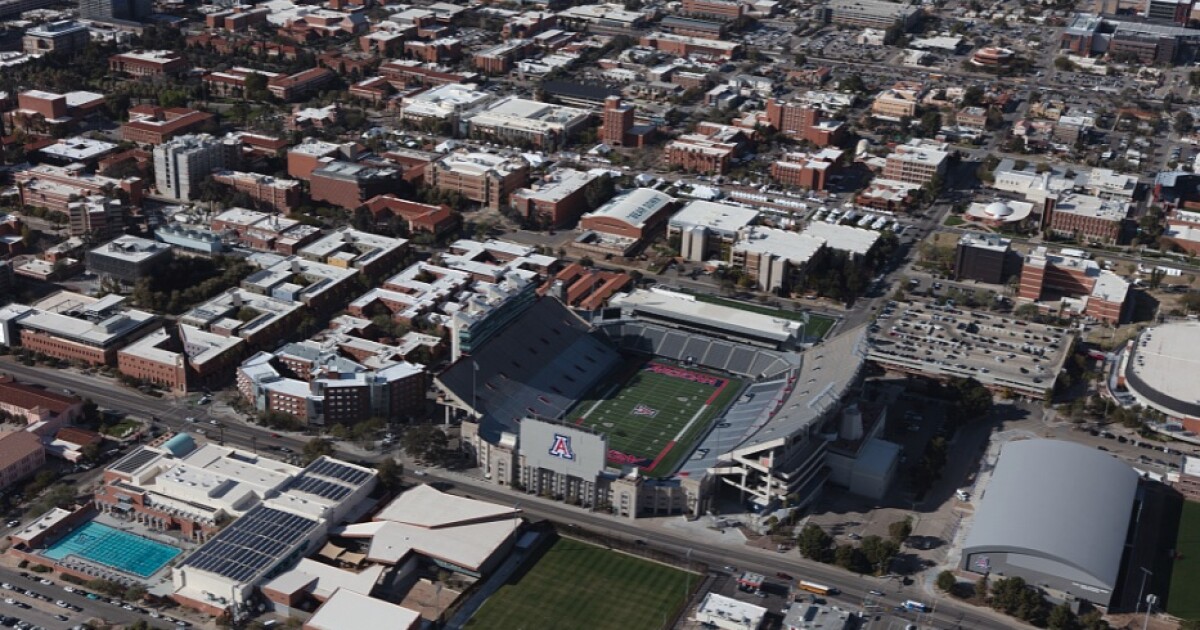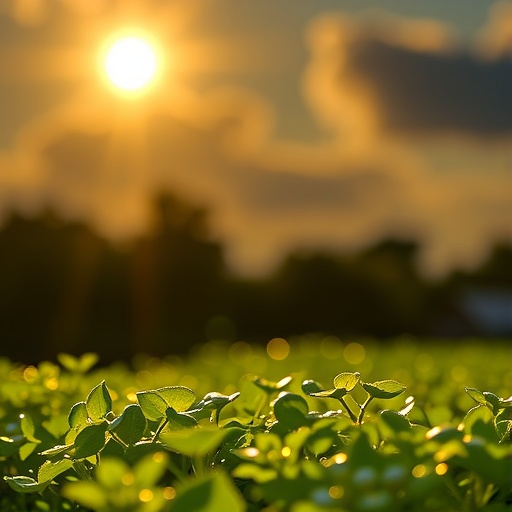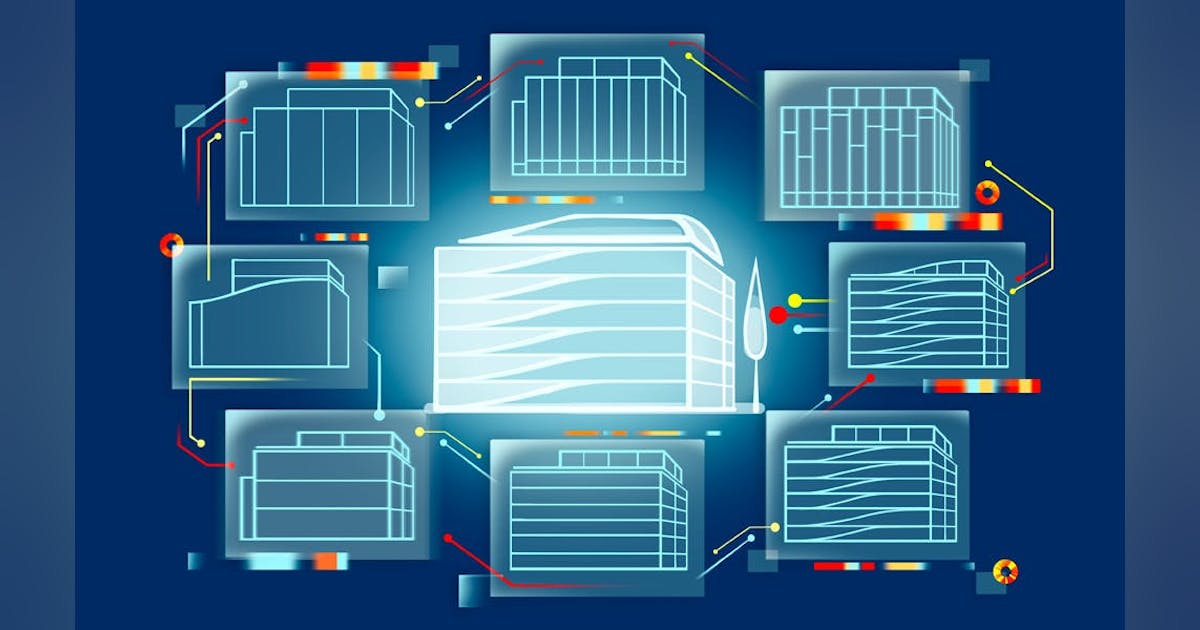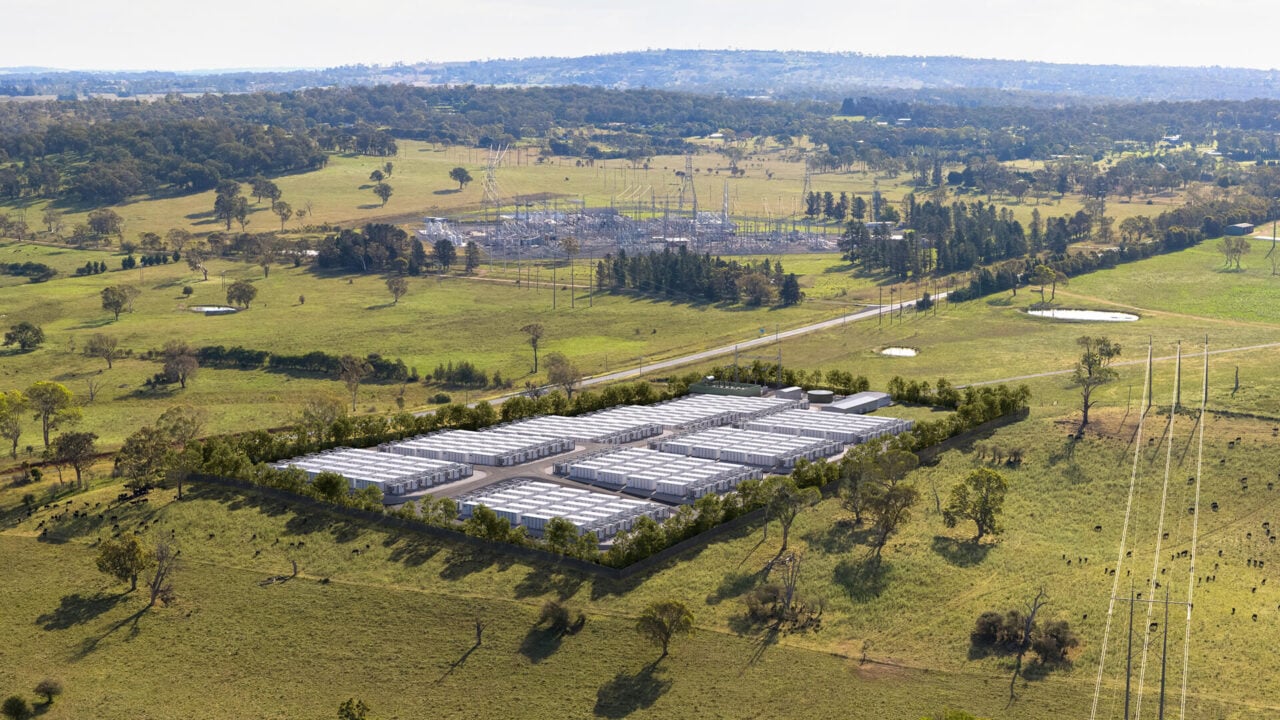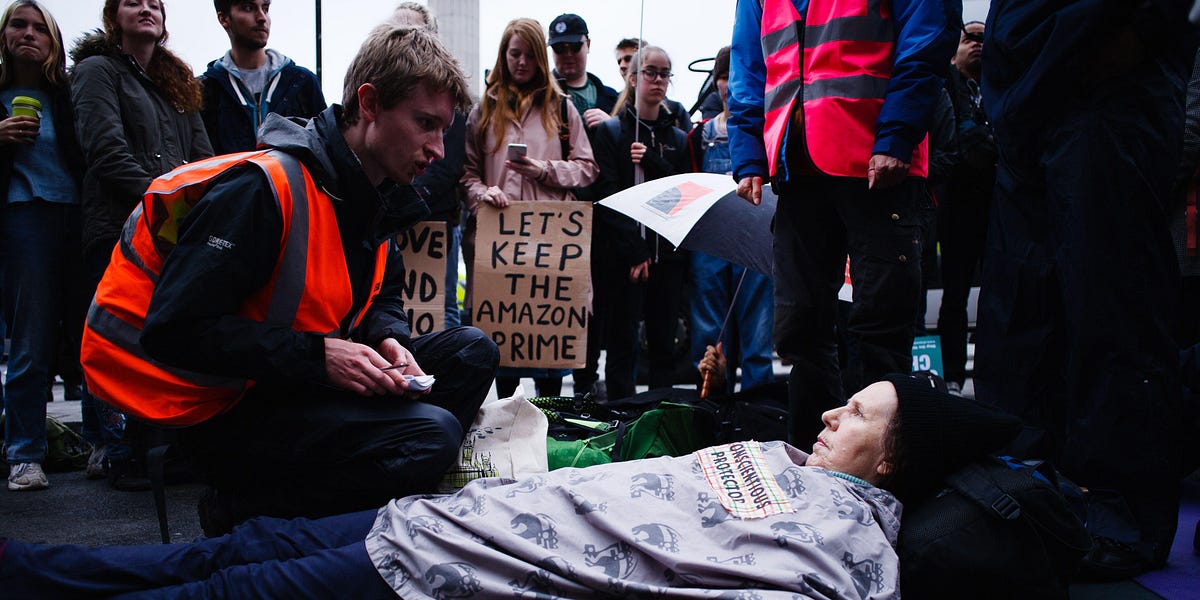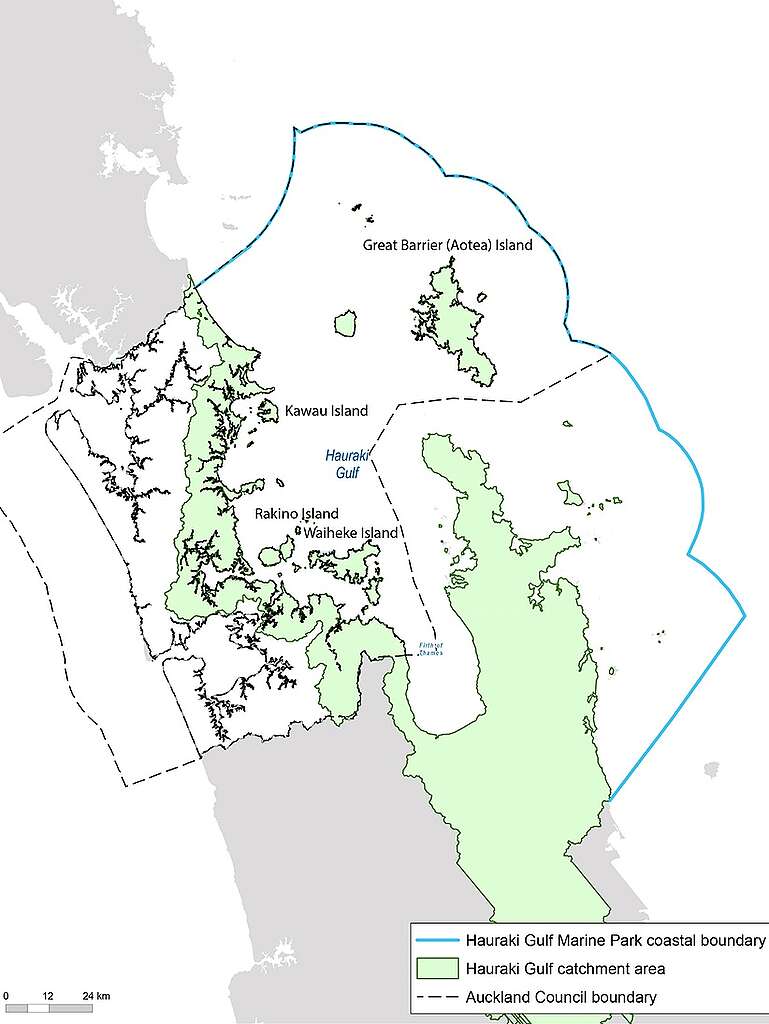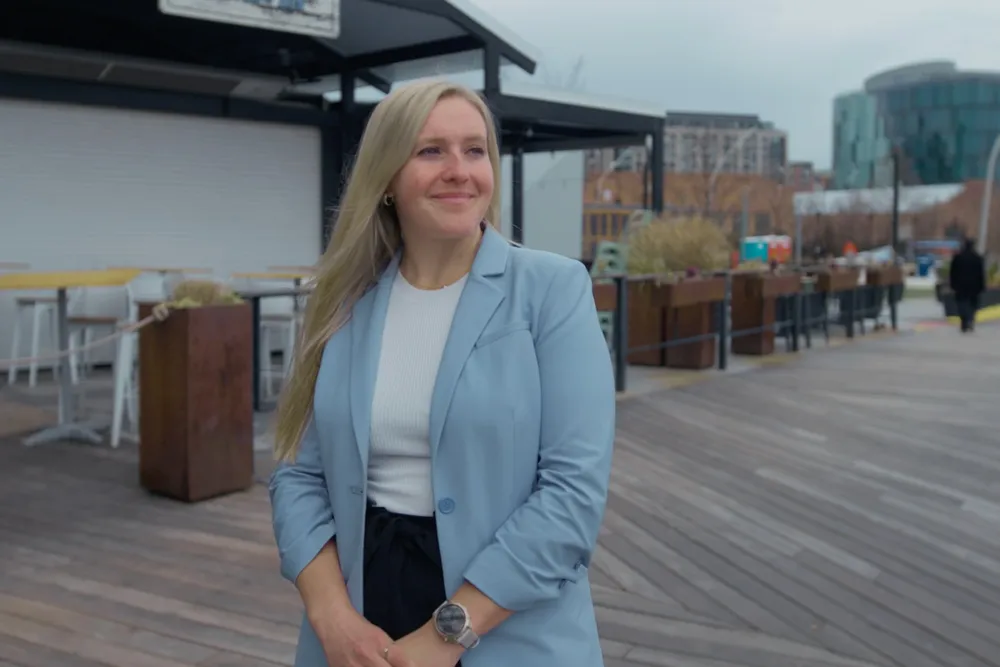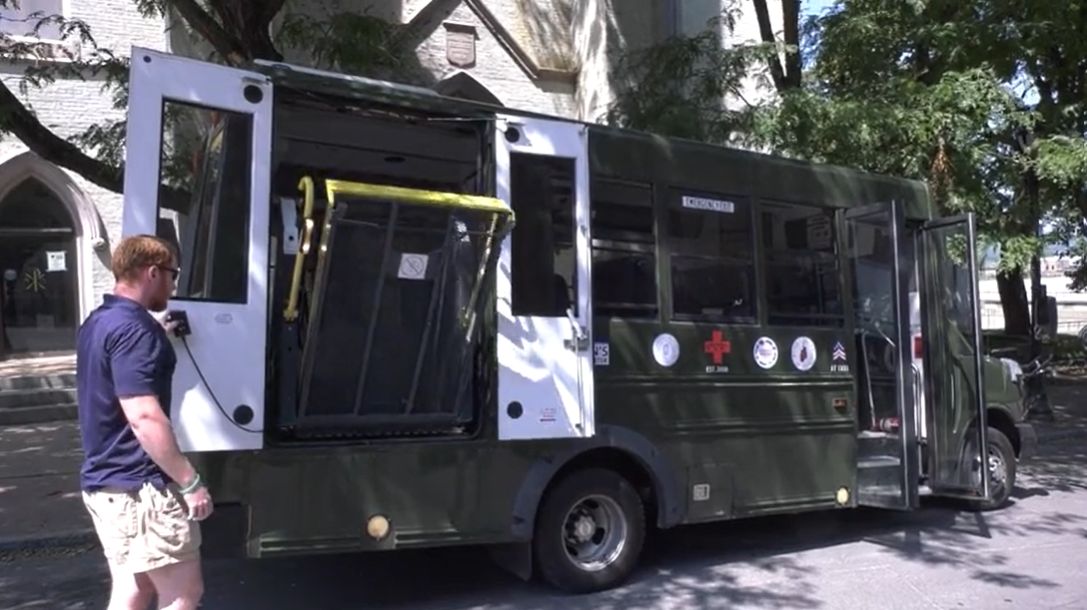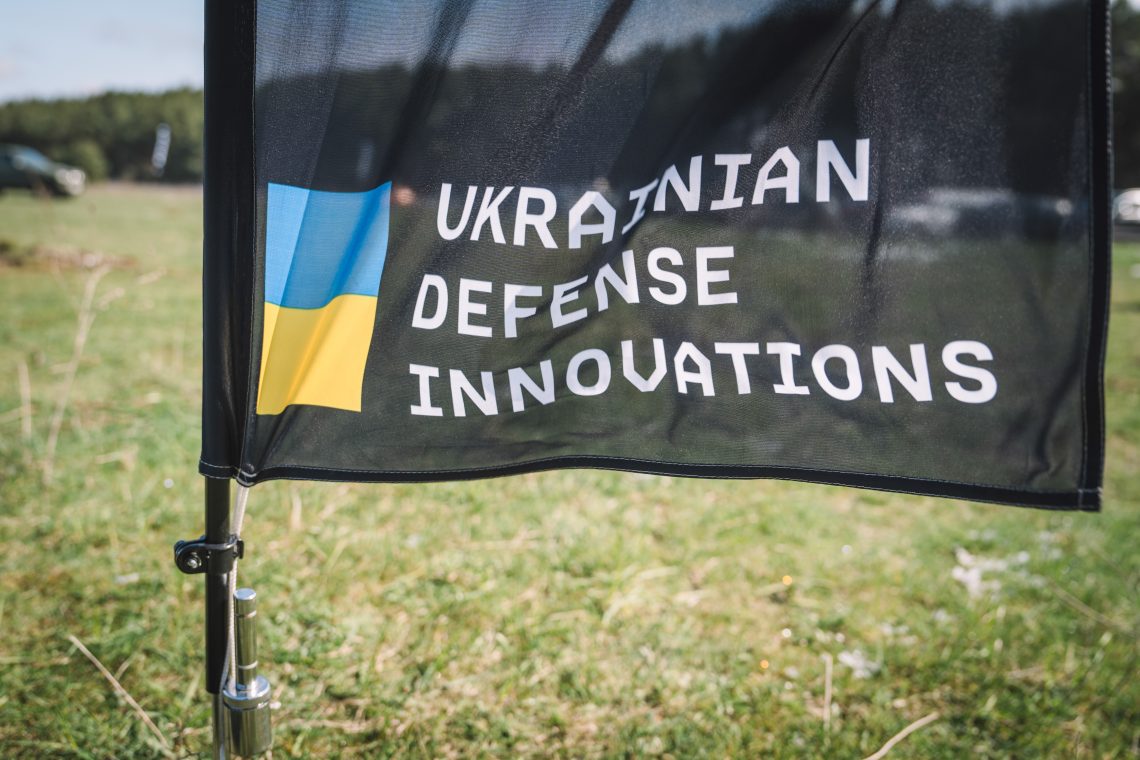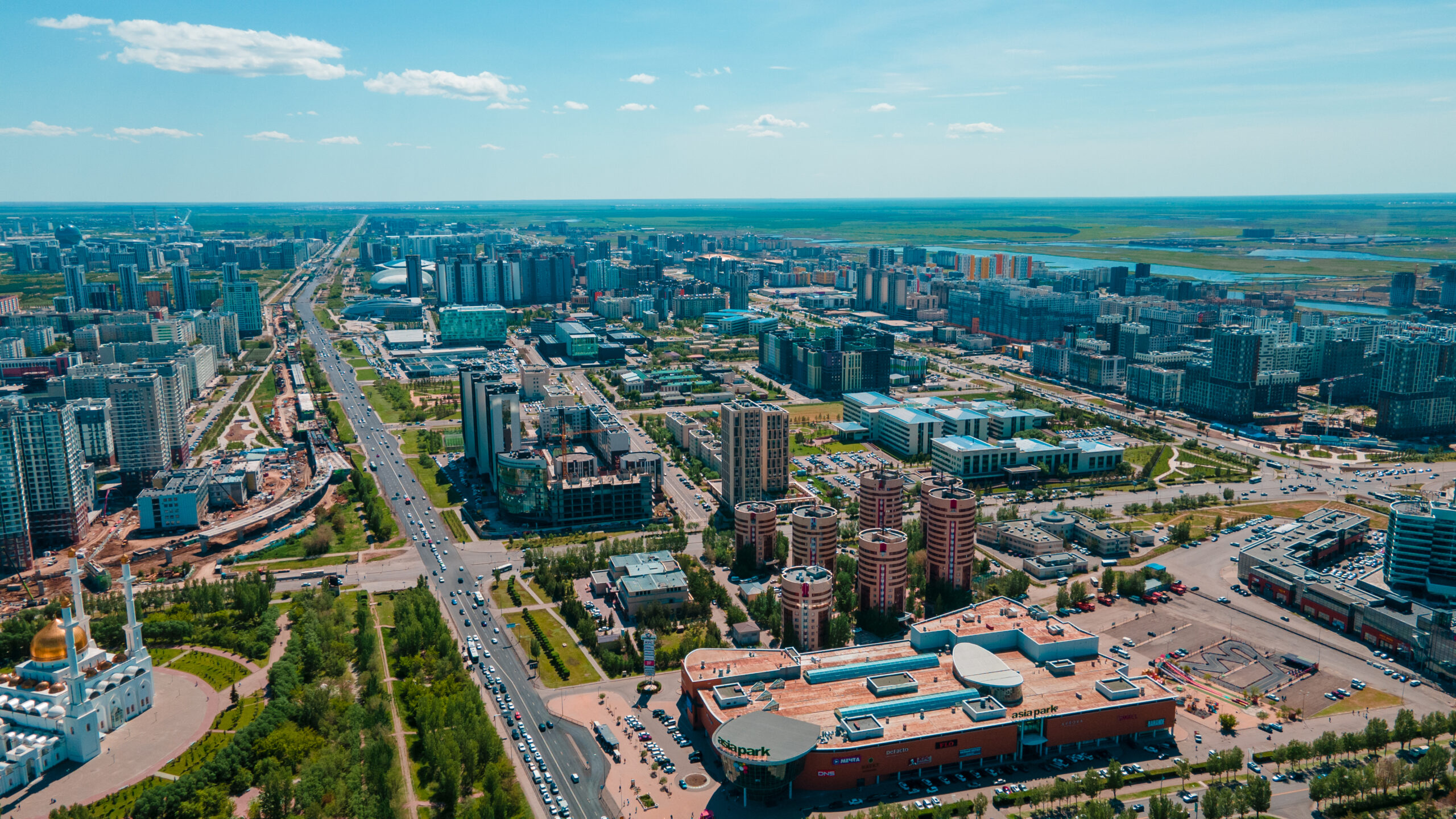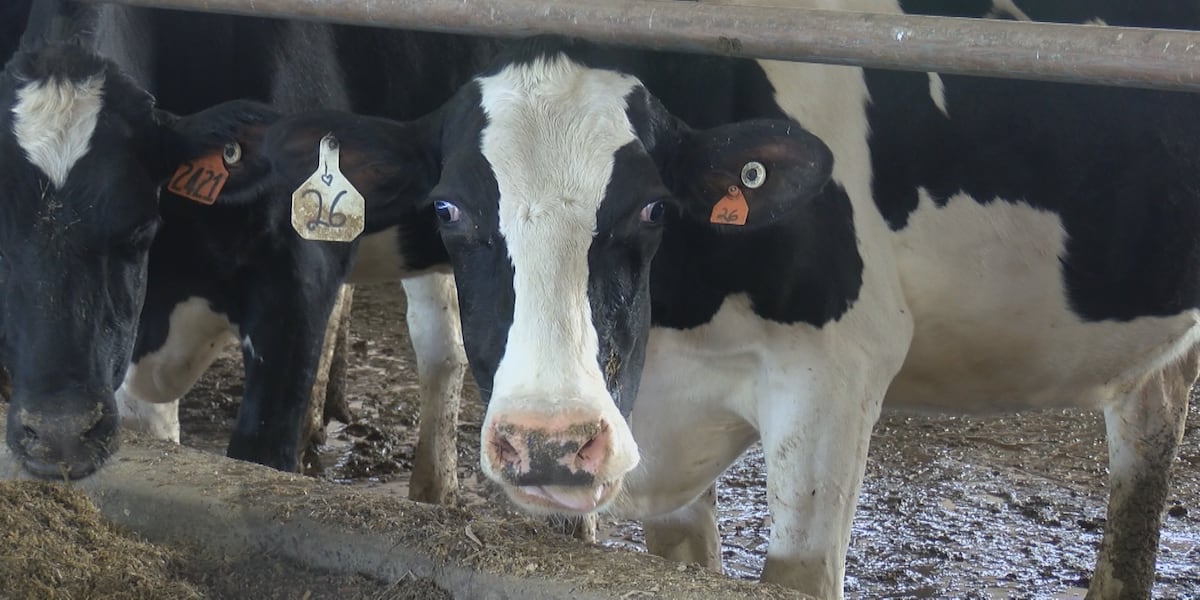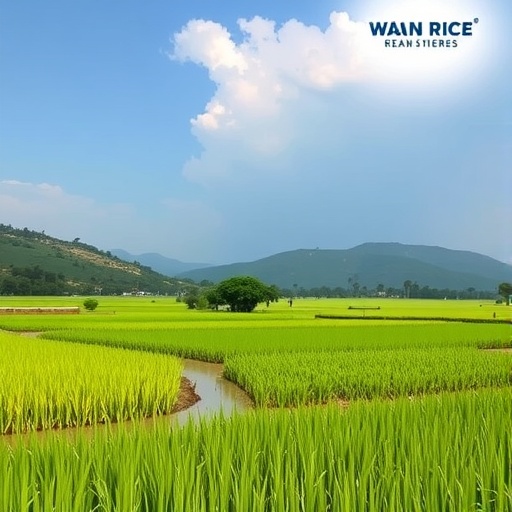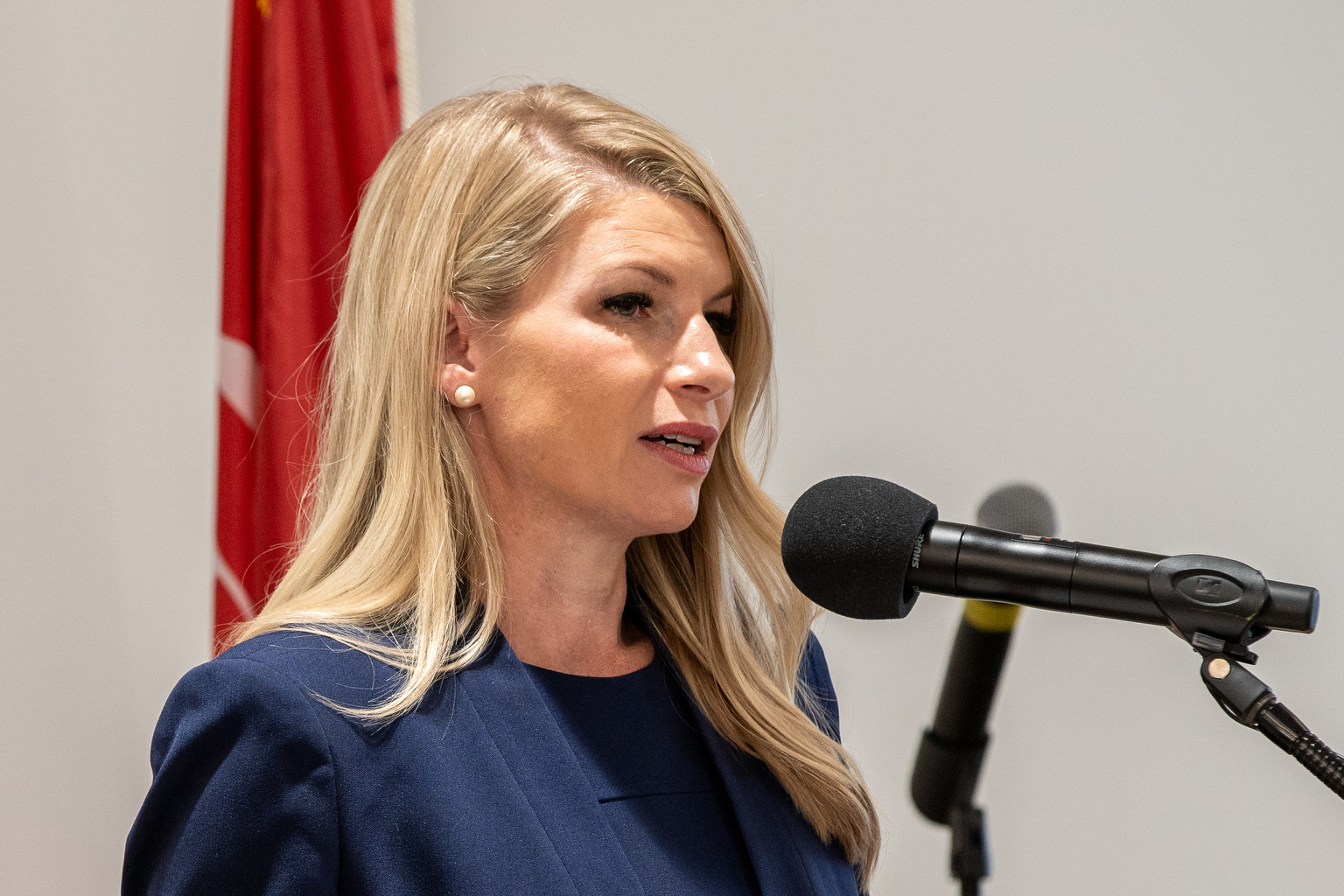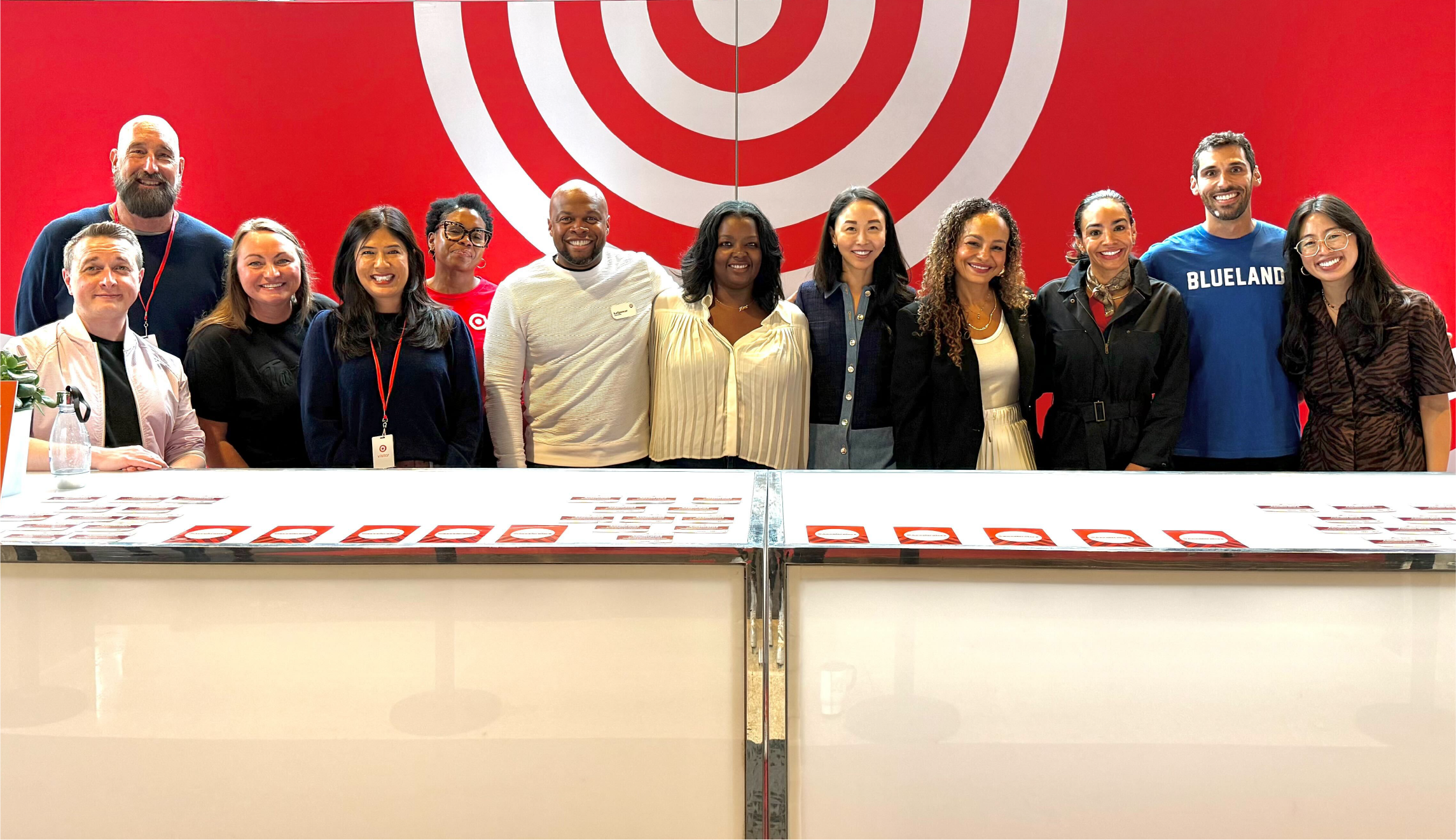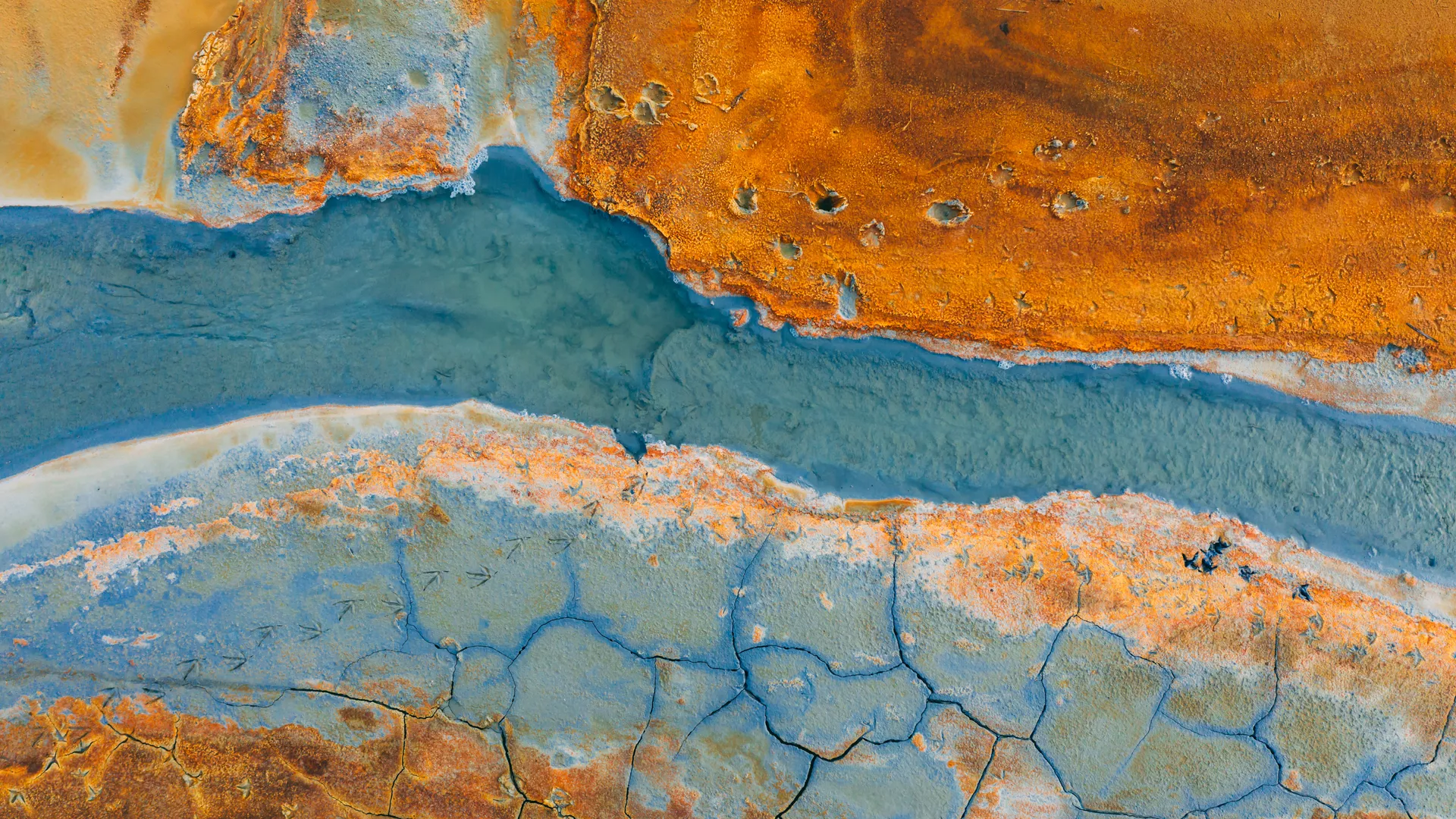Watertown Area Benefits from Water Quality Investments Through State Initiative – mykxlg.com

Report on the South Dakota Riparian Buffer Initiative and its Contribution to Sustainable Development Goals
Executive Summary
This report details the outcomes of the South Dakota Department of Agriculture and Natural Resources (DANR) Riparian Buffer Initiative (RBI), funded by a $3 million appropriation from House Bill 1256. The initiative has made significant strides in improving water quality within the Big Sioux River Watershed, directly contributing to several United Nations Sustainable Development Goals (SDGs). Through voluntary, incentive-based projects on working agricultural lands, the program has protected extensive land areas, restored miles of stream banks, and reduced nutrient and sediment runoff, aligning with SDG 6 (Clean Water and Sanitation), SDG 14 (Life Below Water), and SDG 15 (Life on Land). The collaborative nature of the initiative also exemplifies SDG 17 (Partnerships for the Goals).
Program Overview and Alignment with SDGs
The Riparian Buffer Initiative is a voluntary program providing financial incentives to landowners for establishing and maintaining vegetated buffers along rivers, lakes, and streams. These buffers are critical for achieving key environmental targets.
- SDG 6: Clean Water and Sanitation: The primary objective is to enhance water quality by filtering pollutants from agricultural runoff before they enter waterways.
- SDG 15: Life on Land: The initiative restores vital terrestrial ecosystems by stabilizing stream banks to prevent erosion and land degradation, while also providing crucial wildlife habitat.
- SDG 12: Responsible Consumption and Production: The program supports sustainable agricultural practices by funding animal waste management systems, reducing the environmental impact of livestock production.
Regional Project Outcomes and SDG Impact
Codington County
In Codington County, project investments have yielded significant environmental returns, advancing local progress on the SDGs.
- Total Investment: $155,036.88
- Land Protected: 105.16 acres
- Stream Bank Restored/Stabilized: 35,158 linear feet
- Contribution to SDG 6 & 12: An agricultural waste system, supported by $87,500 in RBI funding, was constructed to contain waste from 350 head of cattle, directly preventing nutrient pollution and promoting sustainable production patterns.
Broader Northeastern Region (Day, Grant, Deuel, Hamlin, and Clark Counties)
Efforts across the wider region demonstrate a scalable impact on watershed health and sustainable land management.
- Total Investment: $744,027.52 across 22 projects
- Land Protected: 435.19 acres
- Stream Bank/Shoreline Improved: 158,157 linear feet
- Contribution to SDG 6 & 12: A second agricultural waste system was established in Grant County with $85,000 in RBI funding to manage waste from 340 head of cattle, further mitigating agricultural pollution.
Quantifiable Environmental Impact and SDG Contributions
The initiative’s overall success is measured by the significant reduction of pollutants entering South Dakota’s waterways, a direct contribution to targets within SDG 6 and SDG 14 (Life Below Water), which seeks to reduce pollution of all kinds. The establishment of over 80 miles of riparian filter strips has resulted in the following estimated annual reductions:
- Nitrogen: 6,346 pounds
- Phosphorus: 1,469 pounds
- Sediment: 943.5 tons
These outcomes directly improve water quality for human use and aquatic ecosystems, while the reduction in sediment loss contributes to SDG 15 by combating land degradation.
Collaborative Efforts and SDG 17: Partnerships for the Goals
The success of the Riparian Buffer Initiative is a testament to a multi-stakeholder approach, a core principle of SDG 17 (Partnerships for the Goals). The DANR collaborated with a diverse group of partners to implement these conservation efforts:
- Landowners and Producers
- Pheasants Forever
- Nonpoint Source Watershed Projects
- South Dakota Game, Fish and Parks
- Conservation Districts
- Natural Resources Conservation Service
- Ducks Unlimited
As stated by DANR Secretary Hunter Roberts, this buy-in from partners is “critical to protecting South Dakota’s rivers, streams, and shorelines” and ensuring “clean water, healthy habitats, and beautiful landscapes for the future.”
Analysis of Sustainable Development Goals (SDGs) in the Article
1. Which SDGs are addressed or connected to the issues highlighted in the article?
- SDG 6: Clean Water and Sanitation – The article’s primary focus is on improving water quality in rivers, lakes, and streams through the Riparian Buffer Initiative.
- SDG 15: Life on Land – The initiative involves protecting and restoring land ecosystems along waterways, which also serve as wildlife habitats.
- SDG 2: Zero Hunger – The program involves agricultural land and the implementation of sustainable practices like agricultural waste management systems.
- SDG 17: Partnerships for the Goals – The success of the initiative is attributed to collaboration between government agencies, landowners, and non-profit organizations.
2. What specific targets under those SDGs can be identified based on the article’s content?
-
SDG 6: Clean Water and Sanitation
- Target 6.3: By 2030, improve water quality by reducing pollution. The article details efforts to reduce nutrient (nitrogen, phosphorus) and sediment runoff into waterways.
- Target 6.6: By 2020, protect and restore water-related ecosystems. The program directly funds the protection and restoration of riparian areas (vegetated land along rivers, streams, and lakes).
-
SDG 15: Life on Land
- Target 15.1: By 2020, ensure the conservation, restoration and sustainable use of terrestrial and inland freshwater ecosystems. The initiative conserves and restores riparian buffers, which are critical terrestrial and freshwater ecosystems.
- Target 15.5: Take urgent and significant action to reduce the degradation of natural habitats. The article states that the created riparian buffers provide “vital wildlife habitat,” directly addressing habitat degradation.
-
SDG 2: Zero Hunger
- Target 2.4: By 2030, ensure sustainable food production systems and implement resilient agricultural practices. The construction of agricultural waste systems and the establishment of filter strips on agricultural land are examples of sustainable practices that help maintain ecosystems.
-
SDG 17: Partnerships for the Goals
- Target 17.17: Encourage and promote effective public, public-private and civil society partnerships. The article explicitly mentions the collaborative efforts between the South Dakota Department of Agriculture and Natural Resources (public), landowners/producers (private), and various non-profit organizations like Pheasants Forever and Ducks Unlimited (civil society).
3. Are there any indicators mentioned or implied in the article that can be used to measure progress towards the identified targets?
-
For Targets 6.3 & 6.6:
- Amount of nitrogen runoff reduced: 6,346 pounds per year.
- Amount of phosphorus runoff reduced: 1,469 pounds per year.
- Amount of sediment runoff reduced: 943.5 tons per year.
- Number of agricultural waste management systems constructed: 2 (one for 350 head of cattle, one for 340).
-
For Targets 15.1 & 15.5:
- Total area of land protected: 105.16 acres in Codington County and 435.19 acres across the broader region.
- Total length of stream bank and shoreline restored or stabilized: 35,158 linear feet in Codington County, 158,157 linear feet in the broader region, and over 80 miles in total.
-
For Target 2.4:
- Number of sustainable agricultural waste systems constructed: 2.
- Establishment of riparian vegetative filter strips on agricultural land.
-
For Target 17.17:
- Total financial investment mobilized: $3 million appropriated, with specific project investments like $155,036.88 in Codington County.
- Number and type of partners involved: A state department (DANR), landowners, producers, and multiple non-profit organizations (Pheasants Forever, Ducks Unlimited, etc.).
4. Table of SDGs, Targets, and Indicators
| SDGs | Targets | Indicators |
|---|---|---|
| SDG 6: Clean Water and Sanitation | 6.3: Improve water quality by reducing pollution.
6.6: Protect and restore water-related ecosystems. |
|
| SDG 15: Life on Land | 15.1: Ensure the conservation and restoration of terrestrial and inland freshwater ecosystems.
15.5: Reduce the degradation of natural habitats. |
|
| SDG 2: Zero Hunger | 2.4: Ensure sustainable food production systems and implement resilient agricultural practices. |
|
| SDG 17: Partnerships for the Goals | 17.17: Encourage and promote effective public, public-private and civil society partnerships. |
|
Source: mykxlg.com

What is Your Reaction?
 Like
0
Like
0
 Dislike
0
Dislike
0
 Love
0
Love
0
 Funny
0
Funny
0
 Angry
0
Angry
0
 Sad
0
Sad
0
 Wow
0
Wow
0
